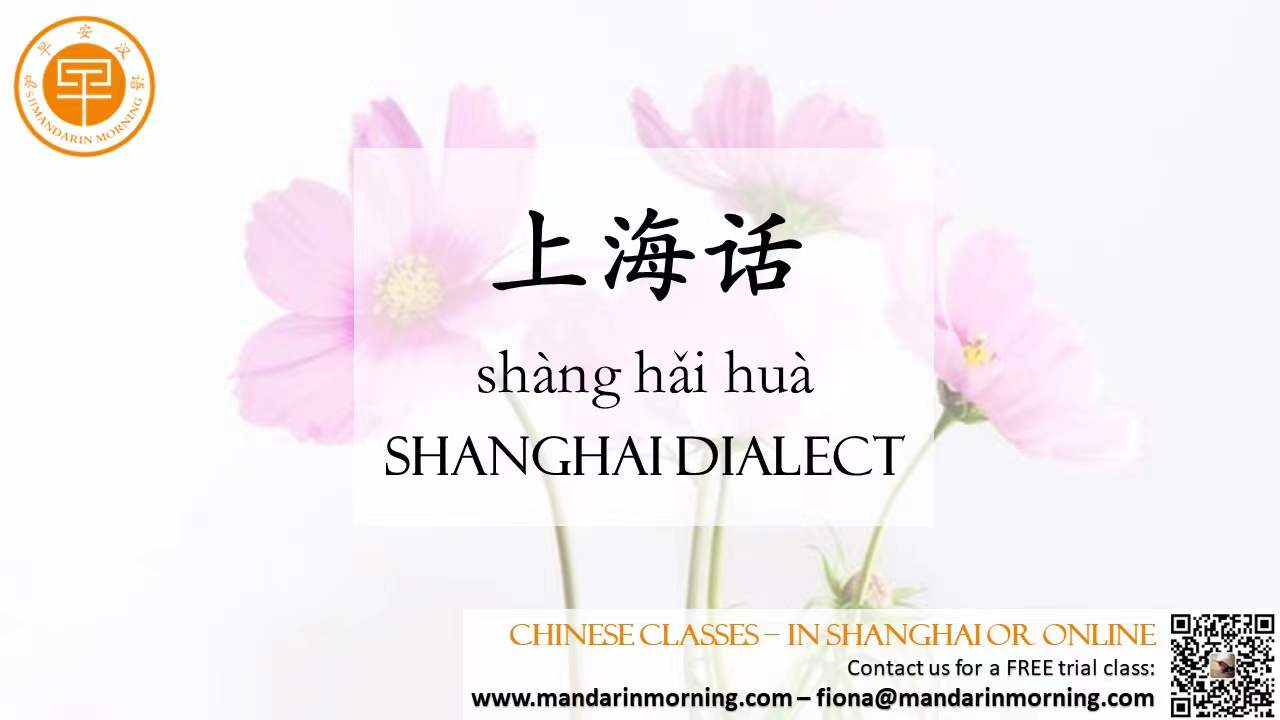| Here is a list of the main Chinese language varieties, with some explanations provided for each variety. As mentioned before, even though most varieties of Chinese are mutually unintelligible, it is very common, and accepted for them to be referred as dialects. There are hundreds of varieties of the Chinese language, but they are usually classified into seven dialect groups. This classification was officially decided in 1961, following Yuan Jiahua‘s research on China’s dialects. Three more were added in Language Atlas of China (1987) by Li Rong, a Chinese linguist best known for his work on the classification of the Chinese dialects. He is the founder of the official nomenclature of the major Chinese varieties 方言 (fāngyán). The first seven groups classification follow the geographical locations from North to South.  Mandarin 官话 (guānhuà) Mandarin is the most spoken variety of the Chinese language. It includes the Beijing dialect, which itself includes Standard Chinese, or 普通话 (pǔtōnghuà) the official language of China. Standard Chinese, also called Standard Mandarin or Mandarin, is the dialect taught to foreign students as it is the most spoken and official language of the country. Other names for the language you might encounter are 汉语 (hànyǔ) and 中文 (zhōngwén). 汉语 means languages spoken by Han people (around 92% of the population of China) 中文 means languages spoken by Chinese people, including other languages spoken by ethnic minorities in China. Wu 吴语 (wúyǔ) This group includes hundreds of distinct spoken forms. The most famous one is probably Shanghainese. Other forms of the Wu variety are widely spoken in Zhejiang (Wenzhounese), as well as in the south region of Anhui and Jiangsu (Suzhounese). People speaking a dialect of this group will rarely say they speak the “Wu dialect”. They’ll most often state the variety itself, by attaching the character 话 (speech) at the end of their location. For example, Shanghainese is 上海话 (shànghǎihuà). Commonly called “Wu Chinese”, it is the most ancient variety of all seven, and its origins can be traced back roughly 3,000 years ago. Gan 赣语 (gàn yǔ) The Gan variety is mainly spoken in the Jiangxi province, with the Nanchang dialect as a representative. It is also widely spoken in the neighbouring areas of Hunan, Hubei, Anhui and Fujian. According to the Language Atlas of China, Gan is divided into 9 groups. Xiang 湘语 (xiāng yǔ) The Xiang group is also commonly known as Hunanese and is mainly spoken in Hunan, but also in northern Guangxi and some parts of Guizhou and Hubei. Xiang is classified into two subgroups: New Xiang and Old Xiang, because of their changes of tones and voicing. The Language Atlas of China relabelled the New and Old Xiang groups as Chang-Yi and Lou-Shao respectively, and identified a third subgroup, Ji-Xu, in some parts of Western Hunan. |